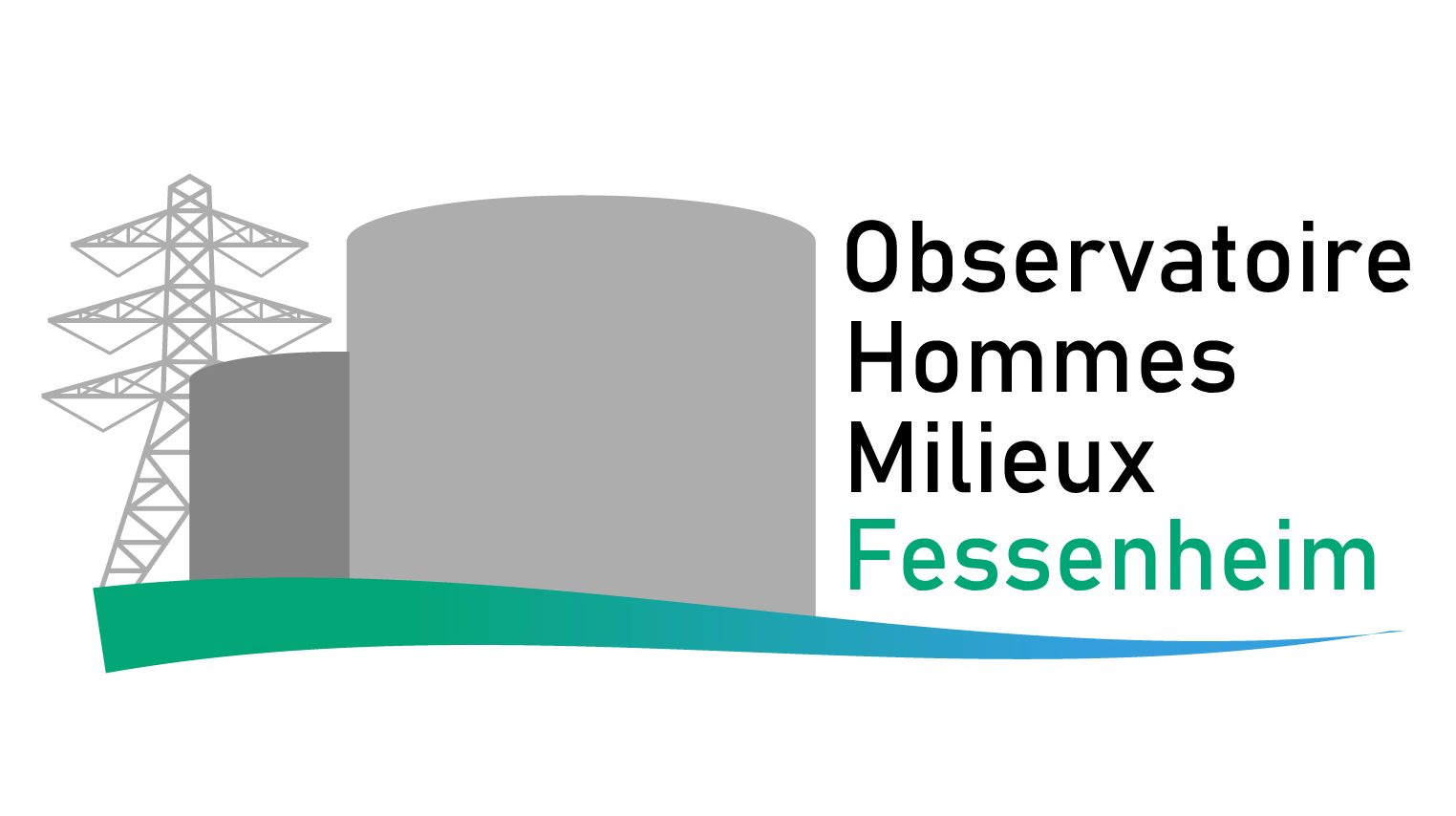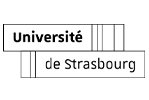Rebound effects in the era of energy transition
We review rebound effects in the energy transition for household end-use services toward renewable energy, including photovoltaic, biomass, green electricity, and heat pump. This secondary effect has a rich body on a narrow framework of energy efficiency (Font Vivanco et al., 2022), which can potentially neglect the multifaceted nature of mixing energy. Moreover, this assumption of rationality may lead to inadequately informed policy recommendations when consumers potentially have an environmental preference since adopting low-carbon sources as a private contribution against climate change. Rebound effects expand consumers’ utility but need to be restrained due to negative externalities on a third party, counting fuel consumption (air pollution, global warming) and the overuse of energy-based services (traffic congestion, blackout, increased costs) (Chan and Kotchen, 2014). In the context of drastic climate change and energy-saving urgency, understanding the mechanism of renewable selection and each source’s rebound effect is very important in the policy designs in a particular context. Our objectives are to locate the adoption possibility and individual rebound effects on each vital source of renewable in the sense of economic approaches. We found that adopting a fuel-hybrid system is more complicated than upgrading the higher energy efficiency, leading to households’ reluctance. Still, it creates relatively lower rebound effects if accepting heterogeneity of measurements. Firstly, promoting renewable energy depends on multiple factors, such as the availability of natural resources, relative prices, and residential characteristics. Secondly, low-carbon users demand compensation in the bounded-rationality state for better environmental quality or the balance sheet of carbon emission. The blend of economics and human psychology is a modern trend of research on energy-related decisions of households, particularly the energy efficiency gap for renewable energies and its rebound effect (Exadaktylos and van den Bergh, 2021; Dütschke et al., 2018). This emergence helps us clarify the standard and environmental rebound effects (Dorner, 2019; Khazzoom, 1980) available in empirical evidence, and the tax-induced rebound effect exists in the theoretical works (Nhat-Anh et al., 2023; Haibara, 2020). However, pioneer research proposes the standard formulae, the debate on measuring the potential and actual savings, and the fuel source of extra usage (Galvin et al., 2021; Toroghi and Oliver, 2019). The additional post-use of power grids is preferred for calculating the direct rebound effect. The biomass and heat pumps potentially lead to the highest size (33.3%) (Smeets et al., 2014; Grimes et al., 2016). The literature abundance on solar technologies gives a broad interval from negative (Li et al., 2020) up to 20% by Deng and Newton (2017). The green electricity only creates from electricity usage increases their energy use post-adoption by 1–3%, and around 11% for low-income groups (Jacobsen et al., 2012). The environmental and tax-induced rebound effects depend on the presence of fiscal and behavioral
interventions. In summary, gaining insight into the mechanisms underlying all rebound effects is crucial to accelerate the mitigation targets. On balance between the adoption rate and rebound effect, we found green electricity provides broad access with the lowest rebound effect (Bogdanov et al., 2021) due to the high premium of extra usage. In contrast, solar photovoltaics provides the lowest financial barrier (Vartiainen et al., 2020) with medium rebounds. Although we dig into the individual rebound effect, the empirical evidence of moral licensing and peer influence is faint despite the strong linkage in emerging economics and human psychology theories. Therefore, the gaps in behavioral anomalies need to work on with the extension of both direct and indirect rebound effects.




